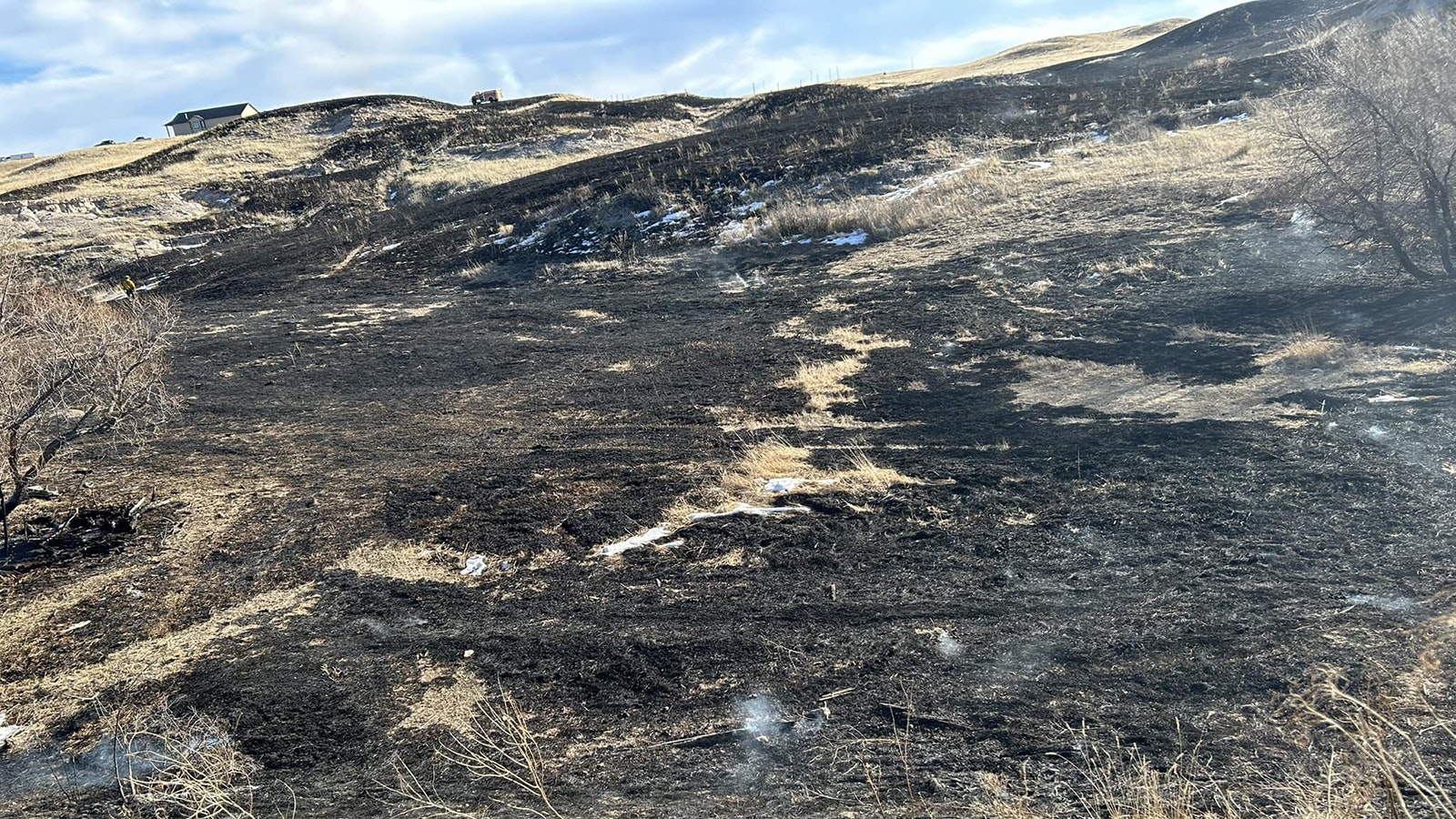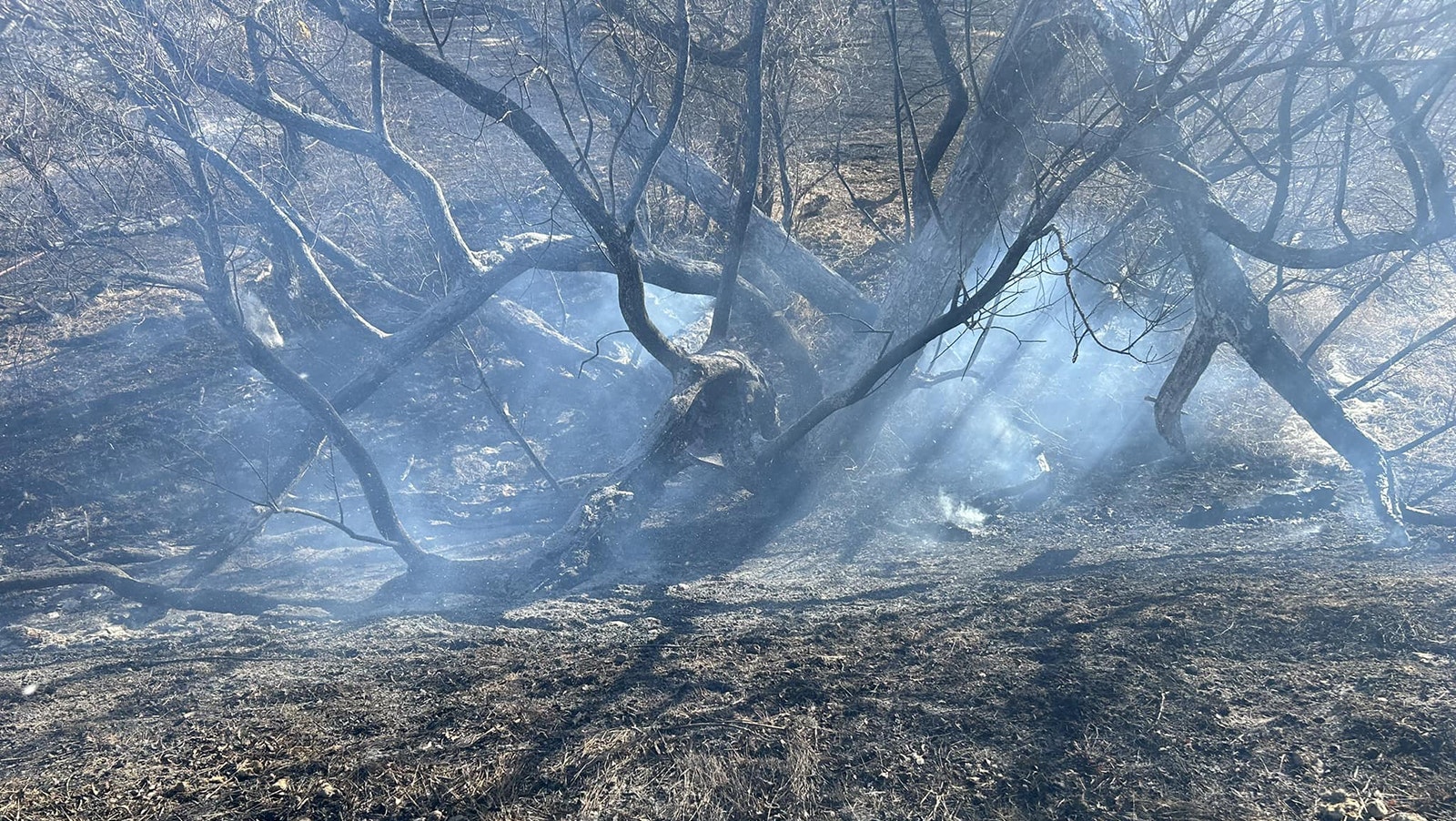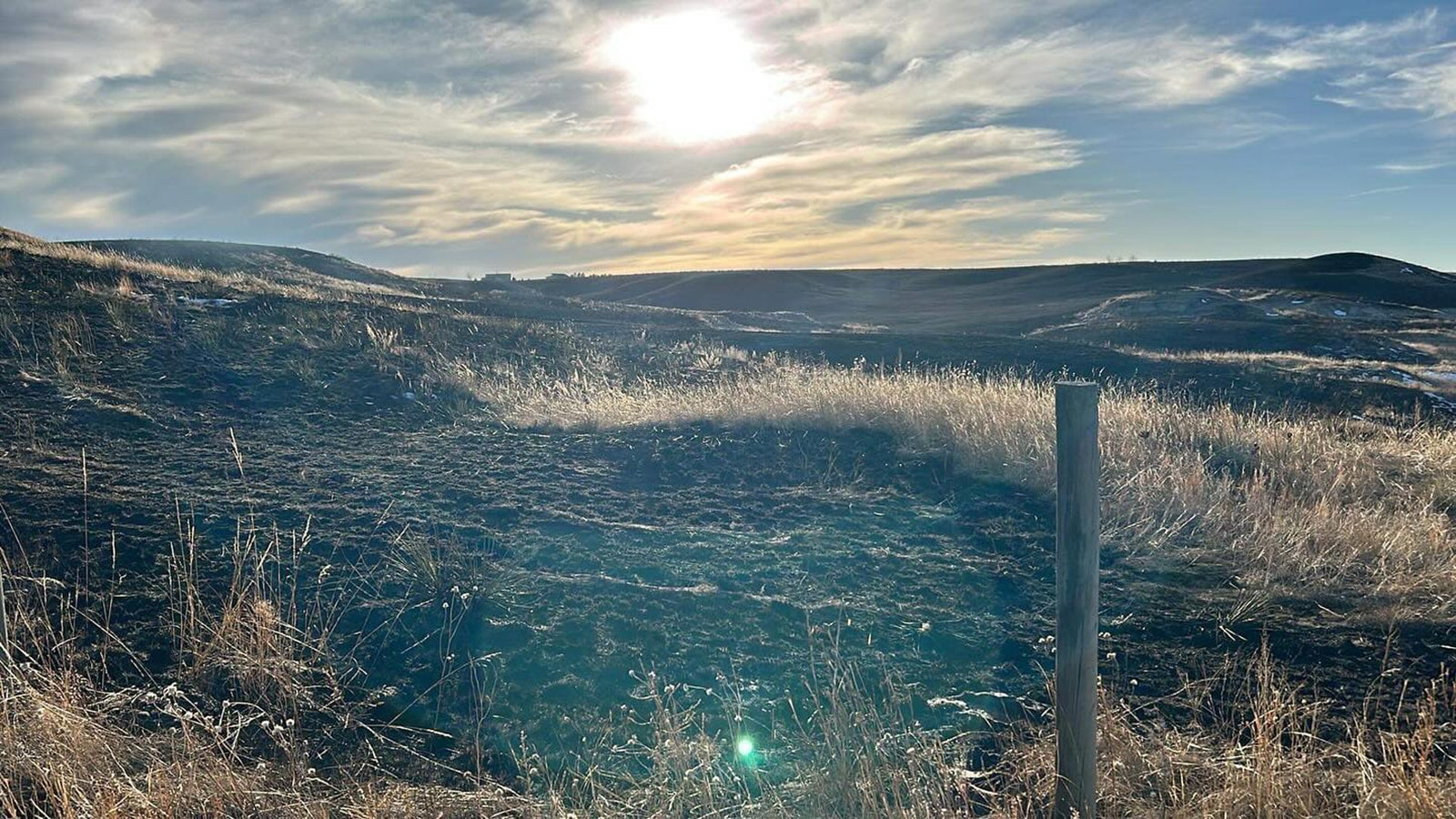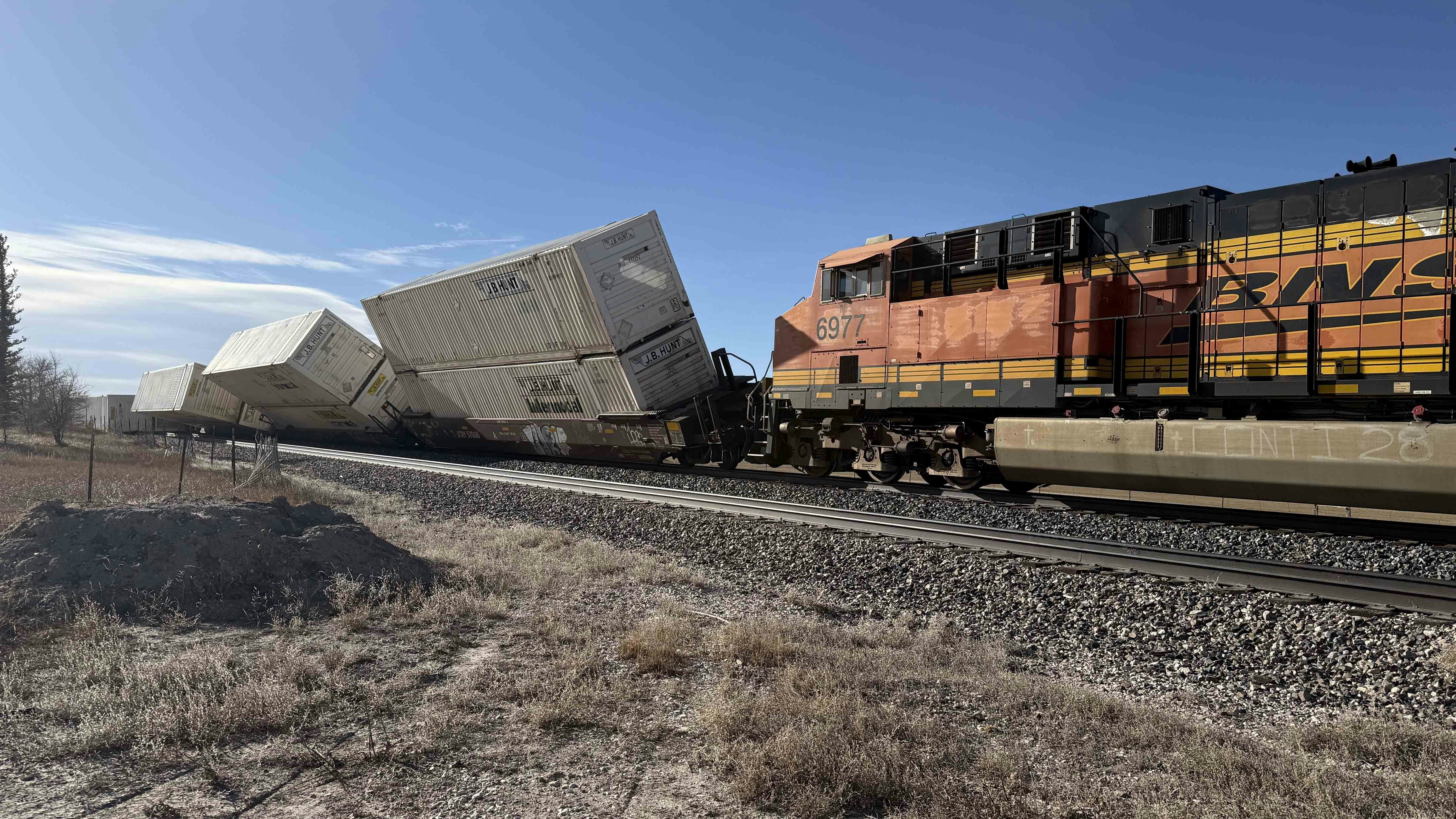In some ways, the timing couldn’t have been more ironic.
State Rep. Dan Zwonitzer, R-Cheyenne, had just talked with a secretary from his local fire district a few hours earlier about the emergency medical services bills being proposed in the upcoming legislative session when a grass fire sparked on his rural Cheyenne property.
He even remarked specifically how there had been no fire issues in his district that year.
“It was ironic to then have them all on my place later that day,” Zwonitzer said. “It was just one of those ironies in the world.”
The fire ended up burning about 1.5 acres of his land last week. No structures were impacted, and also a relief for Zwonitzer and his family was that the five yaks they recently bought also were unscathed in the blaze.
“It’s stressful when you see a fire coming at your house,” Zwonitzer said.
Zwonitzer said the experience made him appreciate the importance of having rural emergency response services nearby as the Laramie County Fire District No. 3 station is only about 3 miles away from his property.
“It’s important to have rural fire services to get to anywhere,” Zwonitzer said. “Within the first call, they were there less than 10 minutes later. If it weren’t for that, the fire would’ve kept spreading.”
How It Happened
Zwonitzer said the fire started on a neighbor’s property about two doors down, possibly ignited from a spark left by some unattended shop equipment.
The risk of a grassland fire happening in January in Wyoming is usually very low, but this year’s unseasonably dry winter and above-average temperatures have increased the chances. On the day of the fire, it was nearly 60 degrees out.
Zwonitzer’s husband Justin was alerted to the fire by another neighbor who had seen it on their webcam.
Justin quickly responded with a shovel and within 5-6 minutes, two trucks from Laramie County Fire District 3 were also on the scene knocking down the flames. The trucks focused on blocking the fire from some nearby propane tanks and structures.
Although the fire appeared rather benign at first, Zwonitzer said it quickly became apparent to Justin that it was something more. By the time the fire responders arrived, it was already out of control.
“You don’t think it’s going to be bad, but then you realize you can’t stop it,” Zwonitzer said.
‘It Could’ve Been A Lot Worse’
Luckily, the fire traveled uphill and south, away from their structures and the yaks.
If the wind had been blowing to the north, Zwonitzer said it could have burned much more land and possibly threatened the yaks and their structures.
Also critical in stopping the burn was a dirt road, some old railroad tracks and Crow Creek that run across the property, Zwonitzer said.
“It could’ve been a lot worse,” he said.
By the time the fire was fully extinguished, about eight or nine fire trucks had responded.
His neighbor, former state legislator Erin Mercer, had about 60 acres of her land burned, but also without suffering any structural or monetary damage, besides some wooden fence posts.
The Zwonitzers recently bought the yaks as a result of the heavy precipitation Wyoming experienced last year and their desire to have a grazing animal that can minimize the risks of grassland fires.
“We said we can’t have another season where the grass is this tall,” Zwonitzer said.
Lessons Learned
In total, Zwonitzer estimates around 110 acres of grassland burned.
Although neither Zwonitzer nor his neighbors suffered any monetary damage as a result of the burn, the fact that it got to some of Mercer’s well-grazed grassland was an eye opener, he said.
There are a few different EMS bills being considered in the upcoming legislative session that would provide more funding and benefits for these services in Wyoming.
One bill would provide state employee leave for volunteer fire or EMS workers, while another would provide health insurance options for volunteer emergency responders.
Although he was already supportive of these efforts, Zwonitzer said the fire reminded him of the importance of having volunteer firefighters ready to assist just a few miles away.
“It’s good to have firsthand experience as it is necessary in rural parts of the state, even in January,” Zwonitzer said.
Leo Wolfson can be reached at leo@cowboystatedaily.com.








